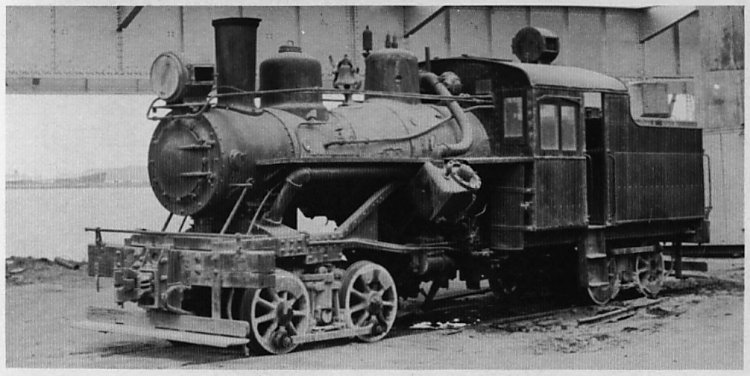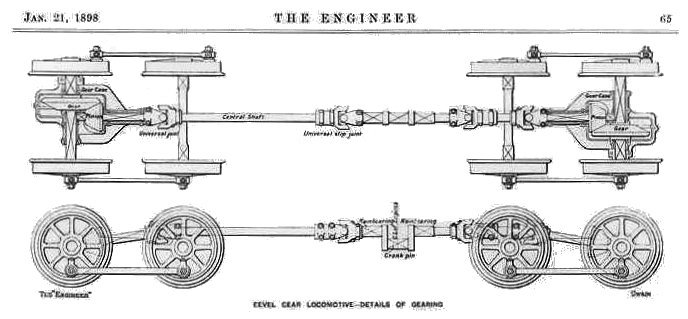Gallery opened: March 2001
Previous update: 3 Mar 2003
Updated: 28 July 2020
Drawings added




The Heisler Geared Locomotives. |
Gallery opened: March 2001 |
 | Left: The Heisler geared locomotive 1898
|
 |
| Left: Another Heisler at rest.
|
 | Left: Side elevation of a Heisler.
|
 | Left: Transverse section of a Heisler: 1898
|
 | Left: The shaft and gearing of a Heisler: 1898
|
Roughly 625 Heisler locos were produced, of which some 35 still exist. Eight of these are believed to be currently operational.

  
|